Optimal Timing for Leaves Rakings
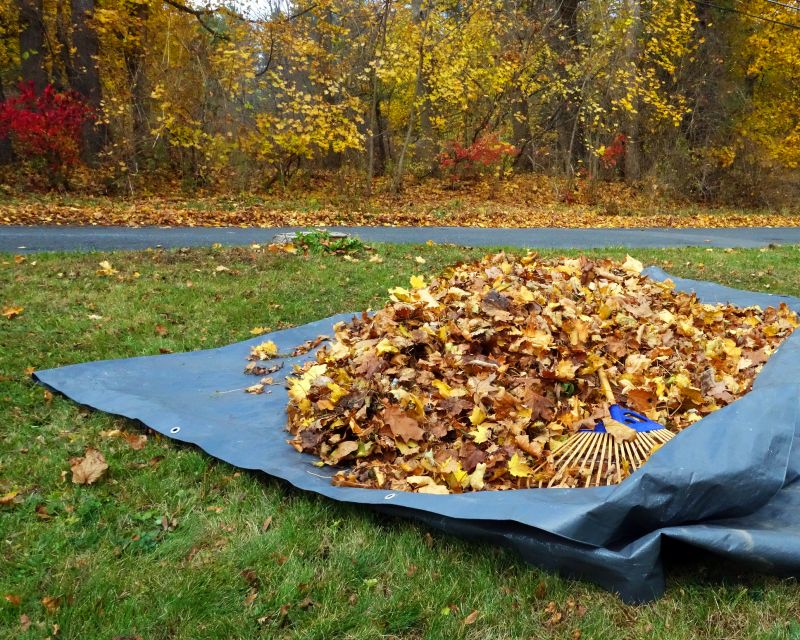
Leaves typically fall during autumn, making it the optimal time for rakings to prevent yard buildup.
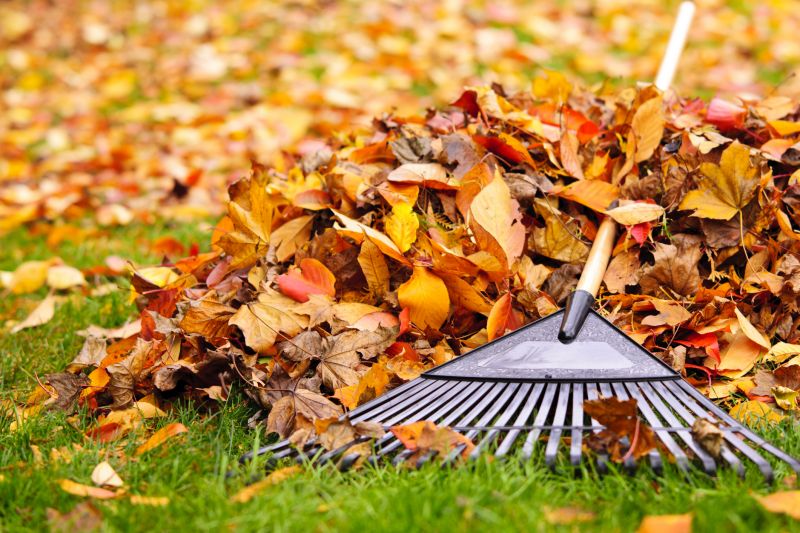
Beginning of fall is ideal for raking to manage leaves before they become too thick and difficult to remove.
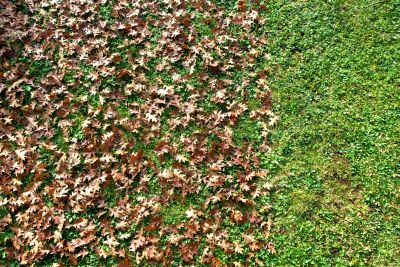
Late fall is suitable for final rakings before winter, ensuring lawns are clear of leaves.
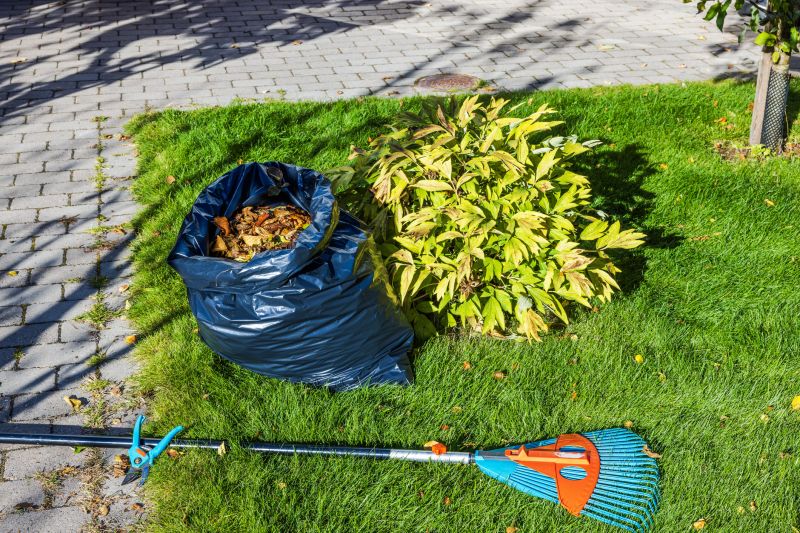
Ways to make Leaves Rakings work in tight or awkward layouts.
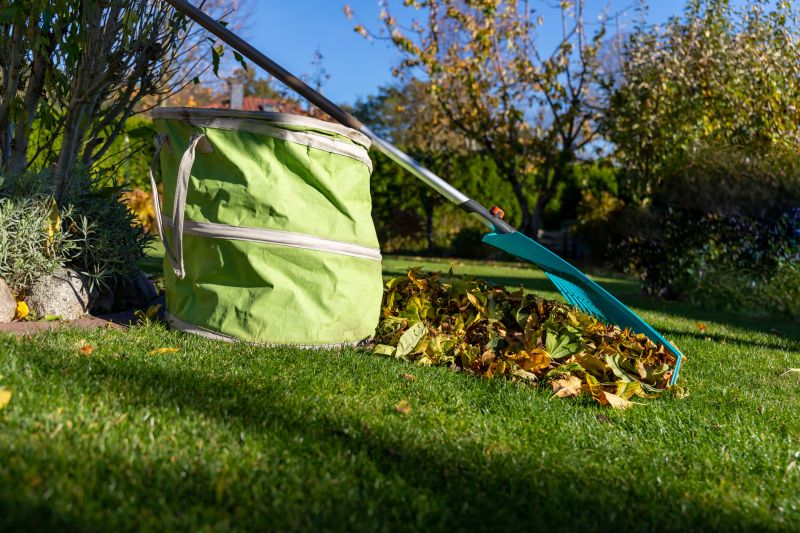
Popular materials for Leaves Rakings and why they hold up over time.
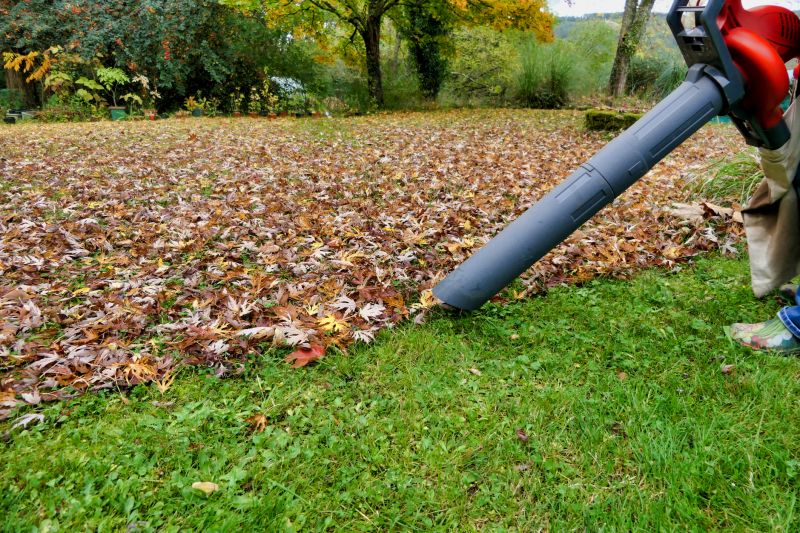
Simple add-ons that improve Leaves Rakings without blowing the budget.
Leaves rakings are a seasonal activity primarily associated with autumn, when deciduous trees shed their foliage. Proper timing of rakings can help maintain lawn health by preventing the accumulation of moisture and mold, which can damage grass and plants. Raking during peak leaf fall ensures the yard remains clean and reduces the risk of pests nesting in leaf piles. Additionally, timely rakings facilitate composting or disposal, making yard maintenance more efficient.
Statistics indicate that most deciduous trees shed the majority of their leaves within a few weeks of the peak fall period. This window varies based on geographic location and tree species but generally occurs between late September and late November. Regular rakings during this timeframe can reduce leaf accumulation by up to 80%, contributing to healthier turf and minimized yard cleanup efforts.
Removing leaves promptly prevents mold growth, reduces pests, and keeps lawns healthy.
A significant number of leaves on the ground, with trees visibly shedding, signals the best time for rakings.
Waiting too long can lead to compacted leaves, making removal more difficult and potentially harming grass.
Using rakes, leaf blowers, or mulching mowers can improve efficiency during peak leaf shedding.
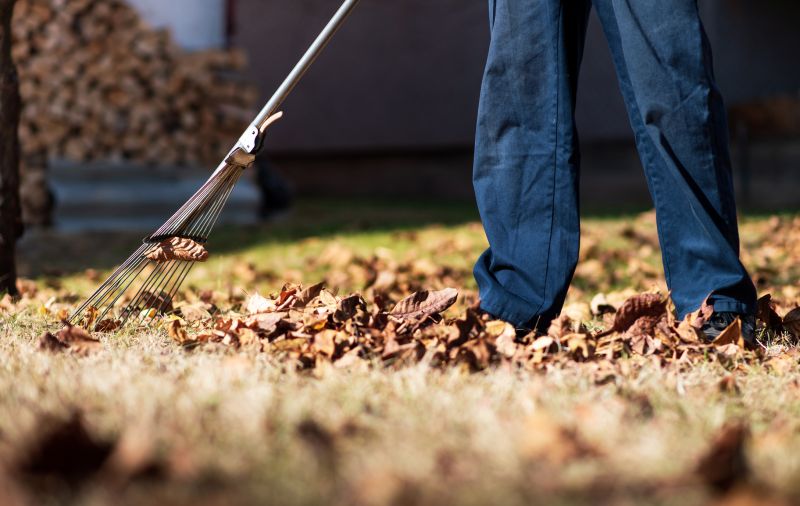
A person raking leaves in a backyard during peak fall.

Various tools used for efficient leaves rakings, including rakes and leaf blowers.
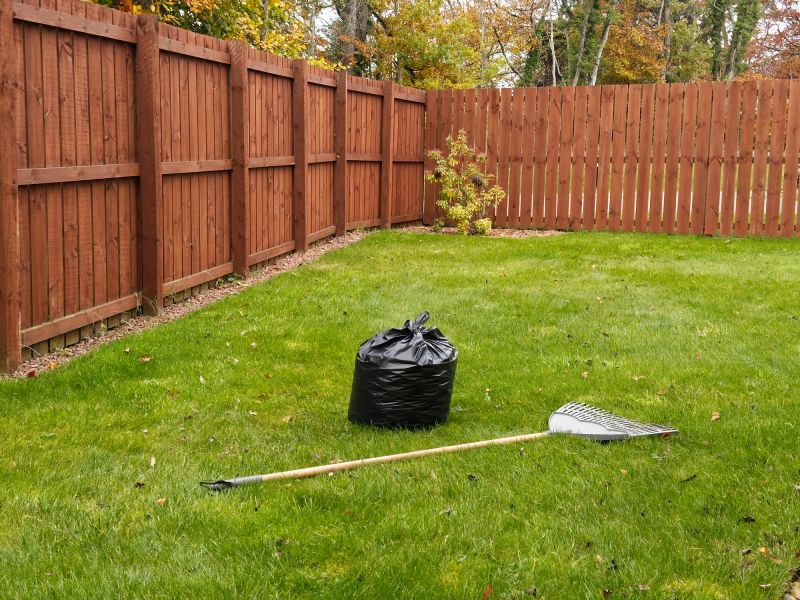
A well-maintained lawn free of leaves after rakings.

Trees shedding vibrant leaves during fall season.
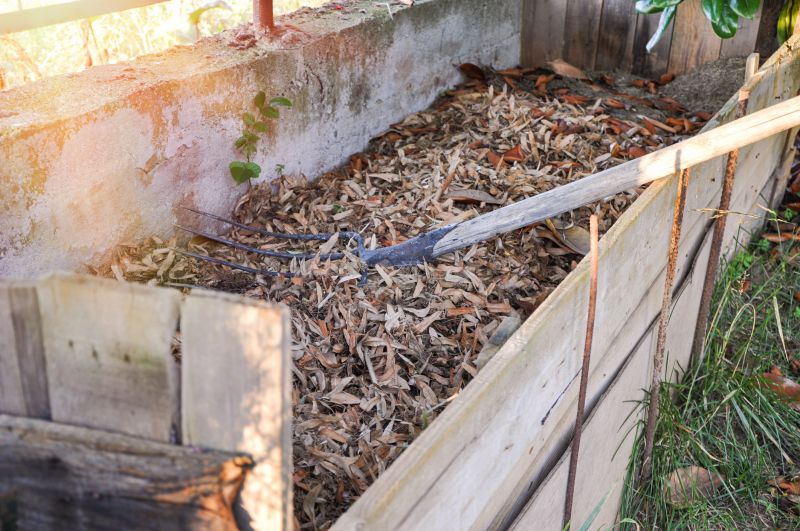
Leaves being mulched into compost for garden use.

Leaves being bagged for collection or composting.
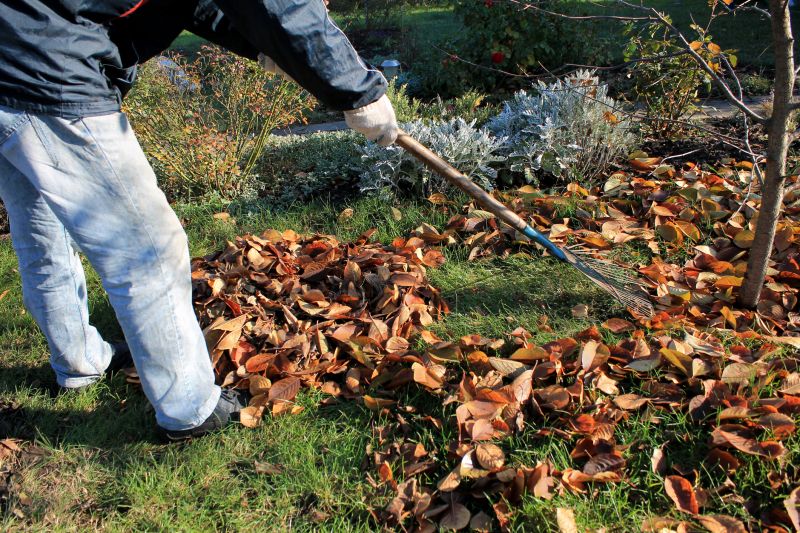
Yard cleanup activities during autumn.
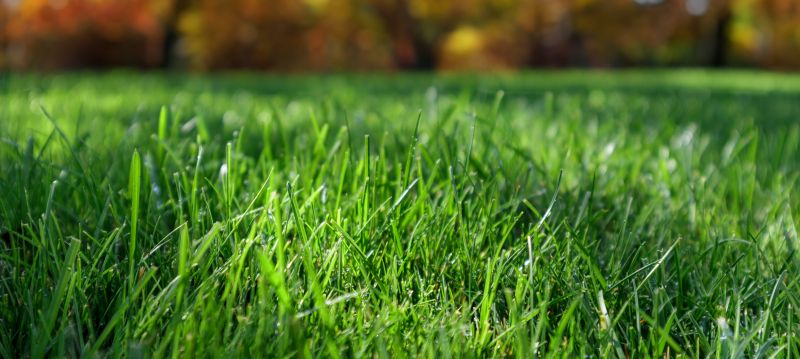
Lawn free of debris, promoting healthy growth.
| Timing Aspect | Details |
|---|---|
| Peak Leaf Fall | Usually occurs from late September to November depending on location and tree species. |
| Weather Conditions | Dry, mild days are best for rakings to prevent mud and damage to the lawn. |
| Lawn Health | Raking before leaves become too thick helps prevent mold and turf damage. |
| Frequency | Weekly or bi-weekly rakings during peak season are recommended. |
| Post-Raking Care | Ensure leaves are collected and disposed of properly to maintain yard cleanliness. |
| Tree Species | Some trees shed leaves earlier or later, affecting optimal raking times. |
| Local Climate | Regional climate influences the timing and duration of leaf fall. |
| Equipment Readiness | Prepare tools in advance for efficient leaf removal during peak times. |
